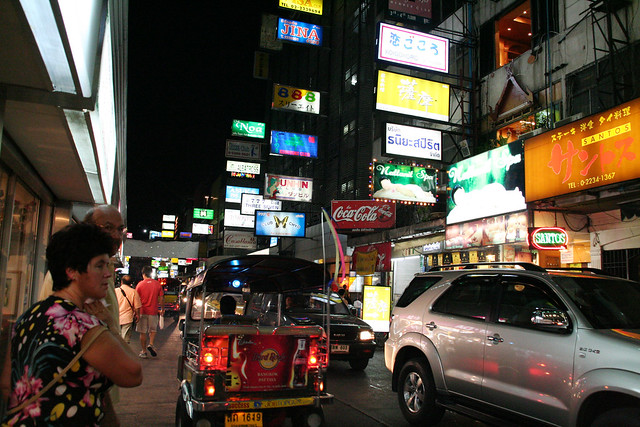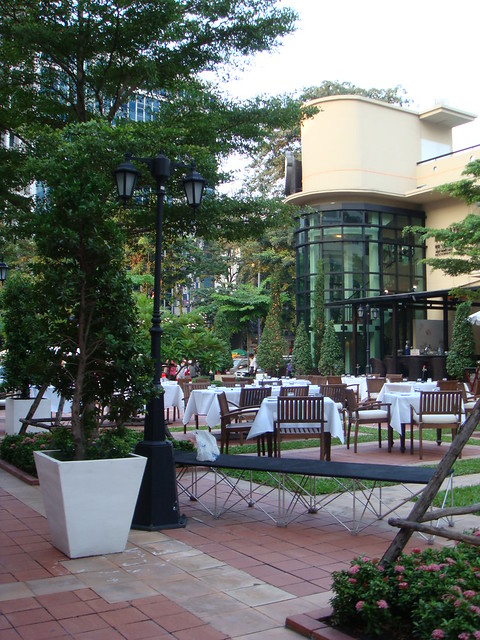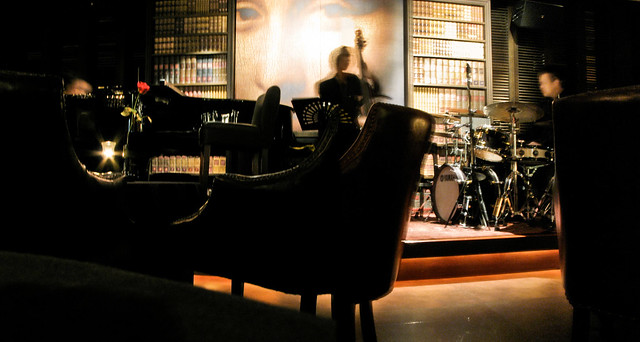You might be wondering what that black substance is in the picture.
No, it’s not a jellyfish from an oil pest infested beach. It’s a Thai dessert. Or a Chinese dessert that’s found it’s way into Thai cuisine. A delicious and refreshing one too, and you can find it in many places when you’re on a Bangkok sightseeing tour.
It’s done by taking a plant called mesona chinesis, which is a member of the mint family. They let the plant age and sligthly oxidize, and then they boil the stalks and leaves with potassium carbonate for a couple of hours, mixed with a little bit of starch. Then they let it cool down, and it turns to a jelly.
This is what you see in the picture. In Thailand, it is commonly served with ice and palm sugar, and you let the ice melt so that you have really cool, sweet water – it’s a very refreshing dessert. The Chinese believe that it has cooling properties – and if you drink it, I think you will feel the effect too 🙂
I love Bangkok, but honestly – I am as much a foodtaster as a sightseeer. I love to explore new tastes, desserts and dishes. Especially since a lot of things that are “new” to my Western palate are traditional things that have been made for hundreds of years here in the region, and thus are done with natural ingredients and processes, rather than with fake ingredients and modern chemical processing plants. And they often taste so much better too.
Not everything is delicious everytime. Some tastes are just… well, too strange and absolutely not compatible with what you or I might consider yummy. But that’s part of the adventure. Because many times it’s a delicious adventure, and then every once in a while you come across that one thing that totally rocks your gustatory world.
One of the nicest things on Bangkok sightseeing trips is the fact that all of your senses can get stimulated. There are sights to see, sounds to hear, tastes to discover, scents to smell, feelings to experience… Something new for each and every one of your sensory channels. It’s invigorating, stimulating and relaxing all at the same time.
And it’s an easy way to feel really great about yourself and life. And that’s the way it should be. Many people think of Bangkok as just a city to party and have fun – but it is so much more than that.









